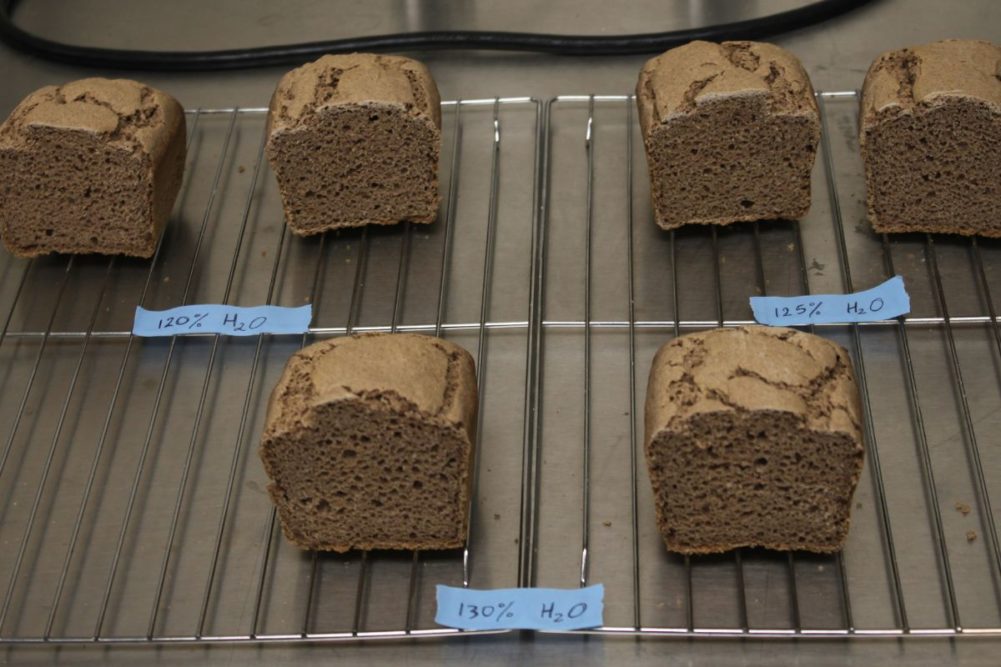NEW ORLEANS, LOUISIANA, US — Researchers at the US Department of Agriculture Agricultural Research Service (ARS) have found sorghum bran, often a low-cost byproduct of sorghum milling, can give gluten-free bread a nutritional boost while preserving flavor as consumer demand continues to grow for gluten-free foods that meet medical needs and dietary preferences.
According to the National Institutes of Health (NIH), about 2 million people in the United States have celiac disease, an autoimmune condition, and must avoid dietary gluten, a protein found in wheat, rye, and barley. Additionally, over 20% of US consumers purchase gluten-free products without a medical reason.
However, gluten-free foods sometimes are deficient in nutrients and lack the taste and texture that consumers desire. In gluten-free bread, wheat flour is typically replaced with refined flour and starches from other sources. Adding dietary fiber, a carbohydrate found in whole grains that has important health benefits, to gluten-free bread can lead to a hard texture and more rapid staling.
ARS researchers turned to sumac sorghum bran, classified as a brown tannin-containing variety with antioxidant properties and dietary fiber, as a potential substitute for wheat flour in gluten-free bread.
“In our study, we used optimization models to create a gluten-free bread with enhanced dietary fiber while preserving other desirable bread attributes such as color, texture, and flavor,” said Ryan Ardoin, research food technologist at ARS's Food Processing and Sensory Quality Research Unit in New Orleans, Louisiana, US. “This meant finding the optimal amount of sumac sorghum bran to use in the bread to get the nutritional benefits without compromising taste and texture.”
Ardoin and Brennan Smith along with researchers Fadi Aramouni and Scott Bean from ARS's Grain Quality and Structure Research Unit in Manhattan, Kansas, US, conducted taste tests and asked consumers to rate different breads with and without the sorghum bran.
“We found that people liked the gluten-free bread that contains 14.2% sumac sorghum bran and would be just as willing to buy this bread,” Ardoin said. “There was no difference in perceived bitterness found between the bread with and without the sorghum bran.”
The study, “Optimization of tannin-containing sorghum bran addition to gluten-free bread,” has been published in theJournal of Food Science.





